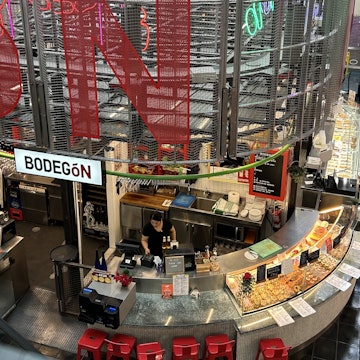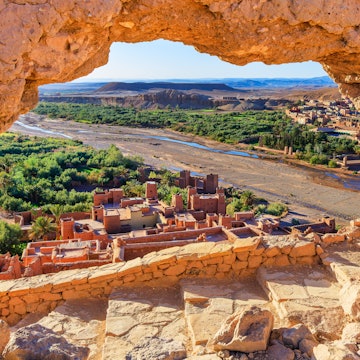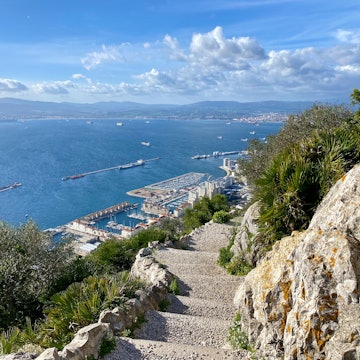
6 of the best day trips from Valencia


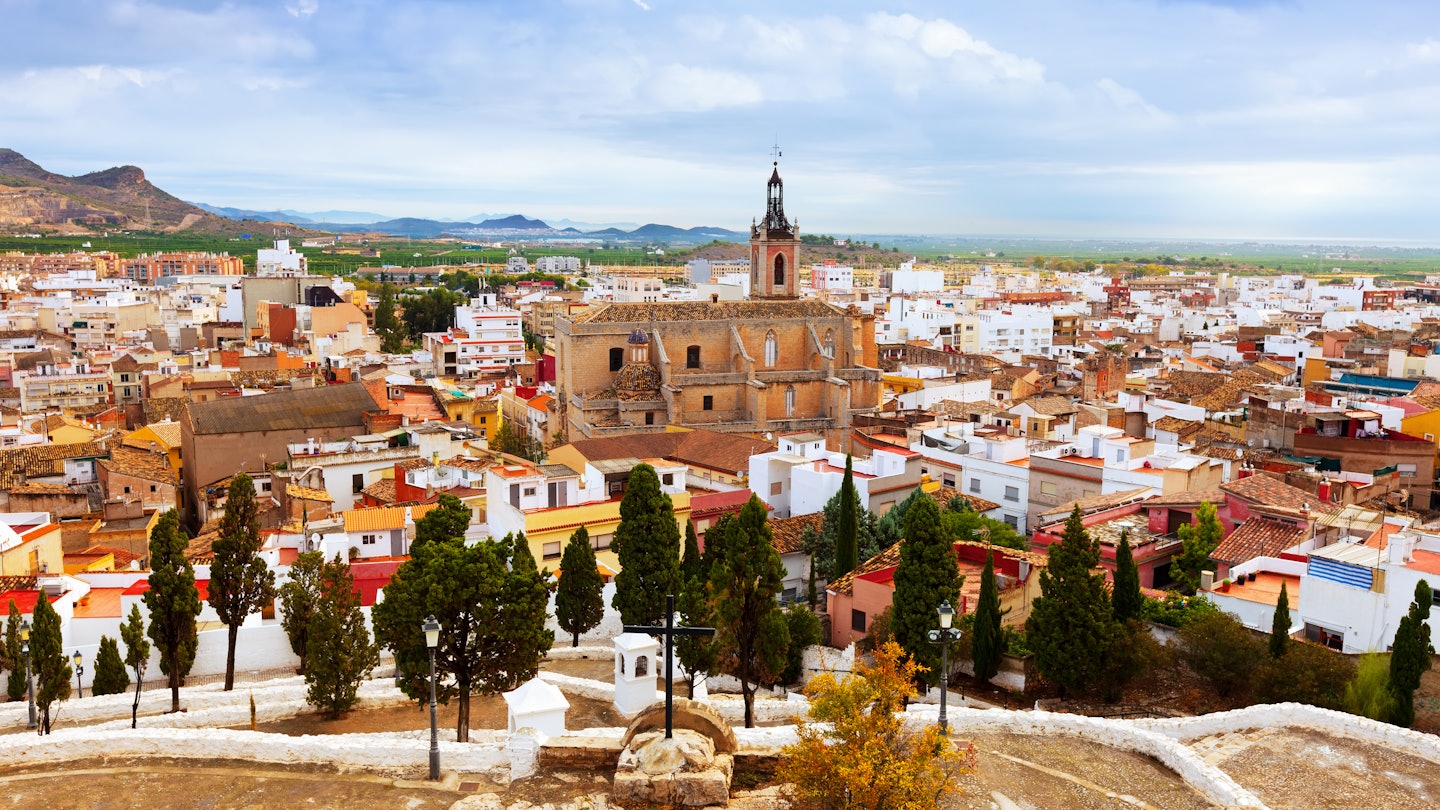
Explore historic towns, wineries and national parks on these day trips from Valencia. Shutterstock
With elegant architecture, impressive eco-credentials and bohemian beaches, it's easy to fall in love with Valencia. It would be tempting to spend every day in Spain's third-largest city, but do make time for day trips – there are some incredible experiences nearby.
To the west, Requena has charming wineries with hotel rooms between the vines, to the south Dénia serves world-famous seafood, and the pristine hot springs of Montanejos are a refuge in the mountains to the north.
So dive deeper into the wider region of Valencia and plan your next adventure with our list of day trips.
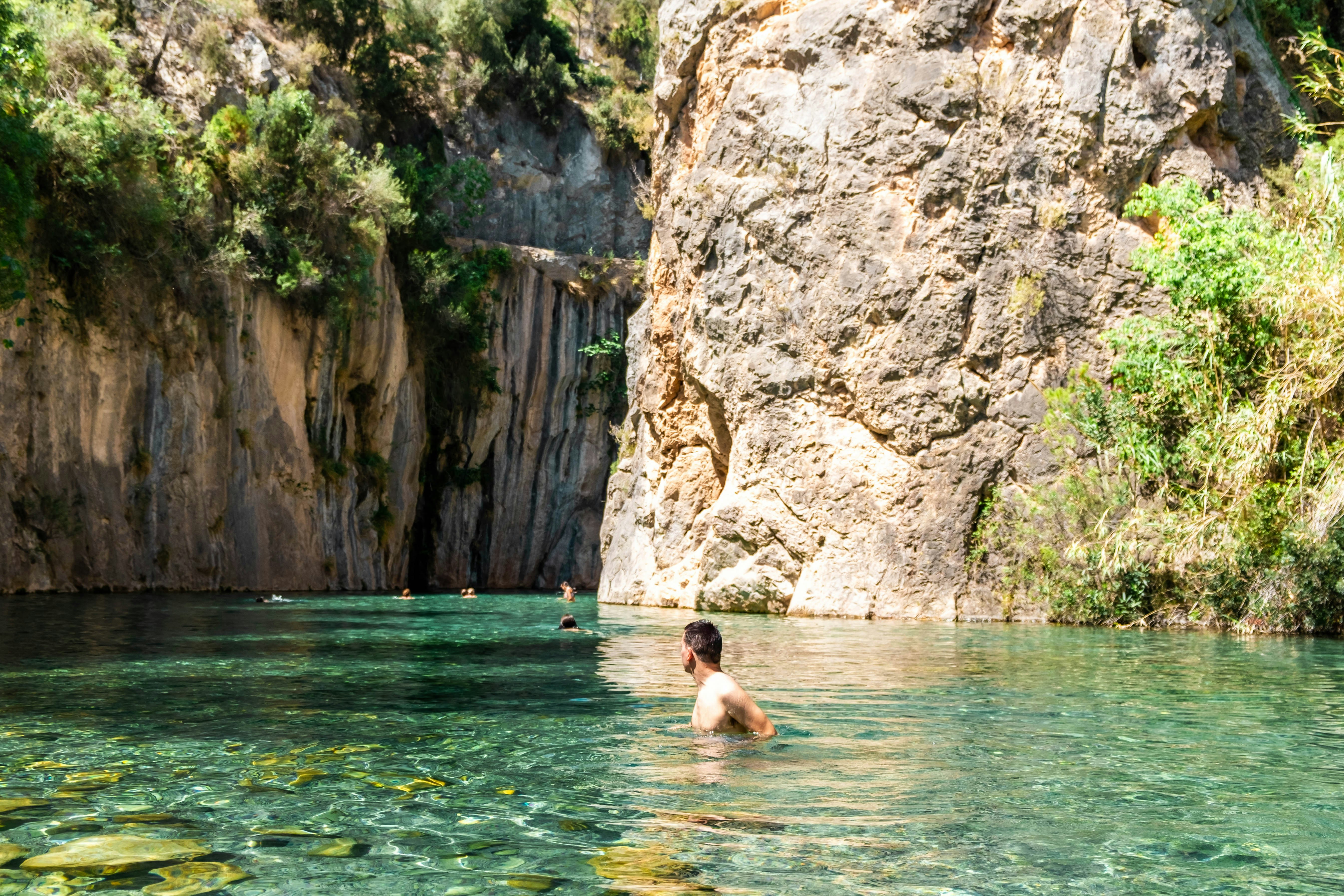
1. Swim in the hot springs at Montanejos
Travel time: Around 1 hour 20 minutes by car
The balmy water of Fuente de los Baños (€3/US$3.25, €2/US$2.17) 4–10 years, under 4s go free) must be one of the dreamiest bathing spots in Spain. Tall rocks shelter the transparent emerald water, and people swim through the ravine ushered by warm currents from hot springs. The water is always around 25ºC/77ºF (although it often feels a bit chillier), making it a good spot for a wild swim year-round. Legend goes that 13th-century king Abú Zayd made these baths for his wives, so they could bathe in the water's rich minerals and maintain their youthful beauty.
How to get to Montanejos from Valencia: Driving is the easiest way to arrive, but if car hire isn't an option join one of the tours from Valencia city center. Go Valencia Tours hosts a day-long trip for €89 (US$96), departing from Estación del Norte.

2. Go boating in the Albufera
Travel time: 30 minutes by car; around 1 hour by bus
The Parque Natural de la Albufera is a historic nature reserve around 15km (9 miles) south of Valencia. People have fished the freshwater lake here since prehistoric times, and the rice paddies have been around since the 18th century. The rice is used in the best paellas – try one in El Palmar (Bon Aire has rice paddy views and an award-winning house paella). A handful of boat trips operate in the area, too. Try Paseos en Barca El Pero for a private tour, taking in reeds, patient herons and triangle-shaped farm houses called barracas.
How to get to the Albufera from Valencia: It's a 30-minute drive south, but the bus is an excellent option. Take the number 24 from Porta de la Mar, it runs every hour until around midnight.
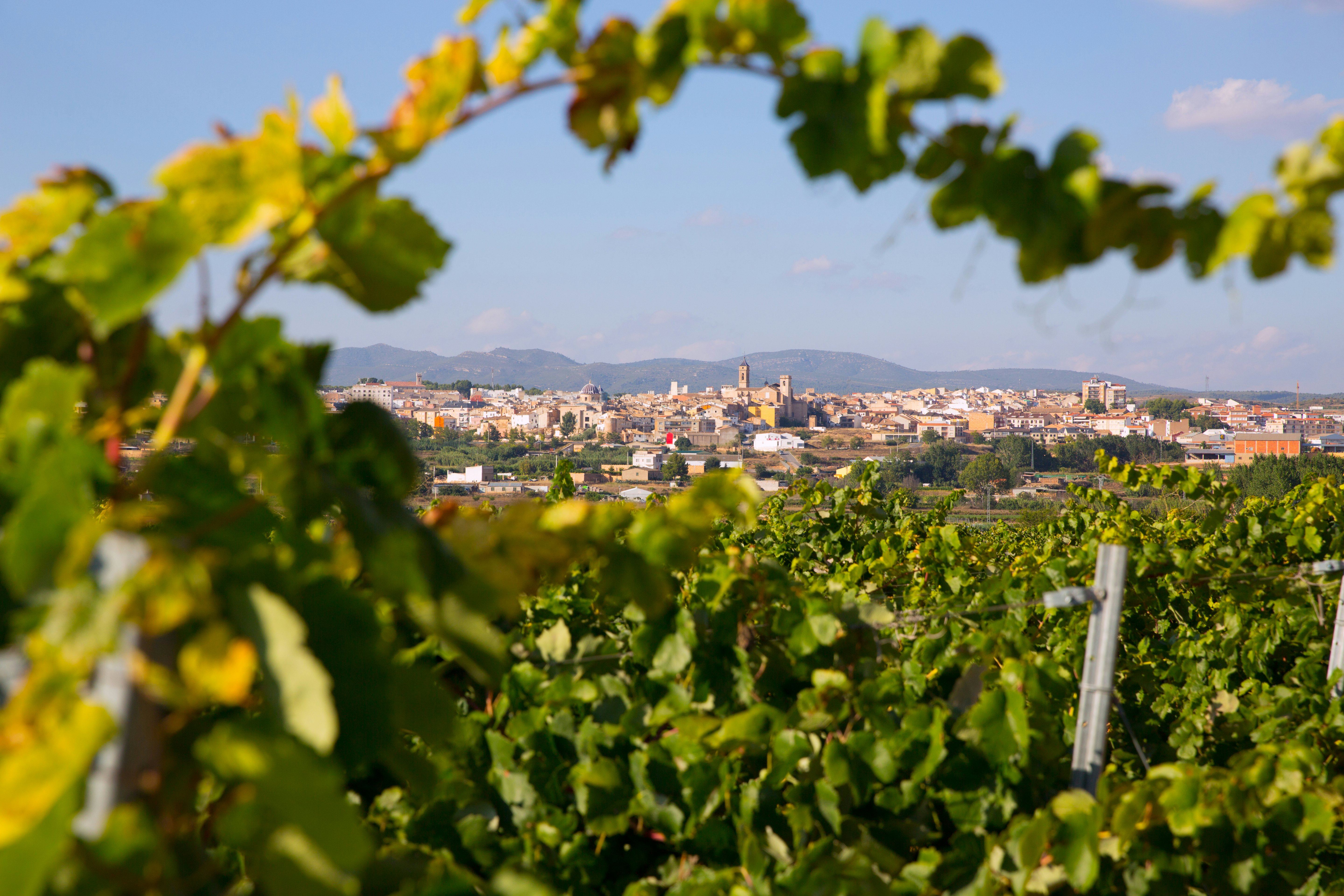
3. Sip fabulous wine in Requena
Travel time: Around 1 hour by car; 2 hours by train
From guided tours of high-tech cellars to popping bottles of cava on romantic patios, the wineries of Requena make a perfect weekend escape. Carthaginians first made wine here in the 7th century BCE, and production has continued ever since. There are dozens of wineries scattered among rolling fields – visit as many as you can. Paula greets visitors like old friends in Chozas Carrascal. The modern finca (rural estate) is the best for guided tours (€18/US$19.47 with four glasses of wine and nibbles). Bodega Sierra Norte prioritizes sustainability, and €15 (US$16.23) wine tastings have spectacular views over the vineyards. Want to stay longer? The old town of Requena makes a beautiful base. Book a sandalwood-scented room at Los Canilleros.
How to get to Requena from Valencia: It takes 2 hours to arrive at Requena train station from Estación del Norte. By car it takes around 1 hour, and those wheels will come in very useful when visiting bodegas nearby.

4. Explore hilltop castles in Sagunto
Travel time: Around 40 minutes by train
Around 28km (17 miles) north of Valencia, the town of Sagunto offers spectacular panoramas of the coast from its vast hilltop castle, the free-to-visit Castillo de Sagunto. It's a rewarding day trip from Valencia city center, especially for history fans. The fortress could do with a bit of a facelift, but the new visitor center, which opened in 2022, is a big help in understanding what you see. Below the castle you can visit the Roman theater (Teatro Romano), also free. Finish the day with a mooch around the higgledy-piggledy streets of Sagunto's old town and a glass of Bobal in Vivavins, a chirpy wine bar on a postcard-perfect square.
How to get to Sagunto from Valencia: It's a 30-minute drive, but save yourself the stress of parking and catch the train. Take the C6 train from Estación del Norte to Sagunto.

5. Walk the epic hanging bridges of Chulilla
Travel time: Around 1 hour by car
With white houses clinging to the hillside, phenomenal climbing routes and fantastic walks, Chulilla makes a strong case for a weekend away. The trek most people tackle is Ruta de los Puentes Colgantes (also known as Ruta de los Pantaneros, 10km/6 miles, €1/US$1.08 entrance fee). It's a scenic path dotted with wild irises that follows the Río Turia to a reservoir, traversing two wobbly wooden bridges on the way (note: the first section is very high with no fence). Celebrate your safe return to town with a beer on the festoon-lit terrace of Goscanos, where the views of Castillo de Chulilla are unbeatable. Extend your stay with a mountain view room at homely Casa La Baranda.
How to get to Chulilla from Valencia: Hire a car; it's quicker and offers the most flexibility. There is a bus that runs once a day on weekdays to Chulilla, but the stop must be requested at least the day before. It's operated by Hispano Chelvana and takes around 1 hour 30 minutes.

6. Feast on fresh seafood in Dénia
Travel time: Around 1 hour 20 minutes by car
Locals flock to sea-facing Dénia for pebbly coves and glorious seafood. It's one of only two towns in Spain to be named City of Gastronomy by UNESCO (Burgos is the other). It's famed for the gamba roja (red prawn), which is fished in deep water off the local coast. El Farallo is a gamba roja specialist, while El Baret de Miquel is a cozy taberna (tavern), run by a chef who closed his Michelin-starred restaurant to open a more down-to-earth joint. Don't miss the cracking natural wine selection at NIKI & NIKI, and the wonky wooden beams at the 100-year-old Bodega Casa Benjamin.
How to get to Dénia from Valencia: There's no direct train link between Valencia and Dénia but the drive is straightforward. There are also efficient bus connections from Valencia Bus Station, run by Alsa from €12 (US$13).












